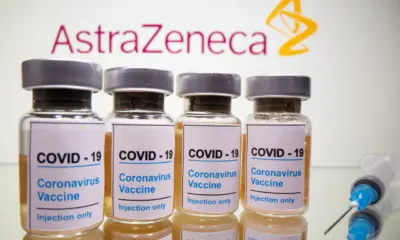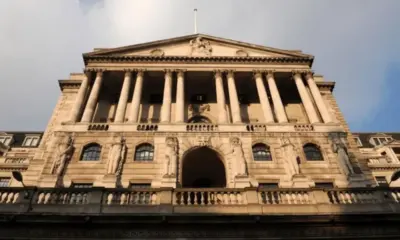News & Updates
India Faces Rising Costs as Election Handouts Grow More Ambitious

India’s elections have long been shaped by promises of benefits offered directly to voters, and over the years these giveaways have expanded from bicycles and televisions to cash transfers and even gold ornaments. What began as welfare support for vulnerable communities has increasingly blurred into pre poll populism, shaping political strategy in the world’s largest democracy.
In recent years, direct cash transfers have become one of the most powerful tools used by political parties. Many of these programmes are aimed specifically at women, who are emerging as a decisive voting bloc. In Bihar, India’s poorest state, a sweeping victory for the alliance led by Prime Minister Narendra Modi last week is being widely attributed to a ten thousand rupee cash transfer scheme for women. The programme played a key role in driving a record turnout among female voters.
Similar support schemes have been introduced by the ruling party in other states such as Maharashtra before elections. Opposition parties have also adopted this approach, rolling out their own women focused financial promises.
Economist Jean Dreze has argued that although it is important to distinguish between useful and wasteful benefits, election periods often become the only moments when poorer citizens can push political leaders to commit to meaningful public support. Without these promises, he says, many of India’s most vulnerable people would receive far less attention.
Yet concerns are rising about the sustainability of such election driven spending. Even Prime Minister Modi has criticised excessive giveaways in the past, referring to this trend as a sweet like culture that encourages irresponsible financial commitments. India’s Supreme Court has also attempted to curb irrational freebies during elections.
Despite these warnings, several states continue stretching their finances. Research from Emkay Global shows Bihar is already facing significant fiscal strain, with a deficit of six percent of its gross domestic product. Still, the state announced pre election schemes worth four percent of GDP, exceeding the money available for investments in long term development.
This pattern is not unique to Bihar. Analysts warn that many states, including those considered fiscally prudent, are now trapped in a competition of election spending. Although India mandates that states maintain deficits below three percent of GDP, estimates suggest that twenty one of twenty nine states have crossed this ceiling.
The central bank has also voiced alarm. The Reserve Bank of India noted that while overall state debt has declined, it remains far above recommended levels and is being pushed upward by rising subsidy costs. Programmes such as farm loan waivers, free electricity, subsidised transport and cash transfers increasingly strain state budgets.
The RBI has urged states to rationalise subsidies to ensure they do not crowd out essential spending on development. Without careful management, experts warn that the expanding cost of election promises may threaten long term economic stability.




















